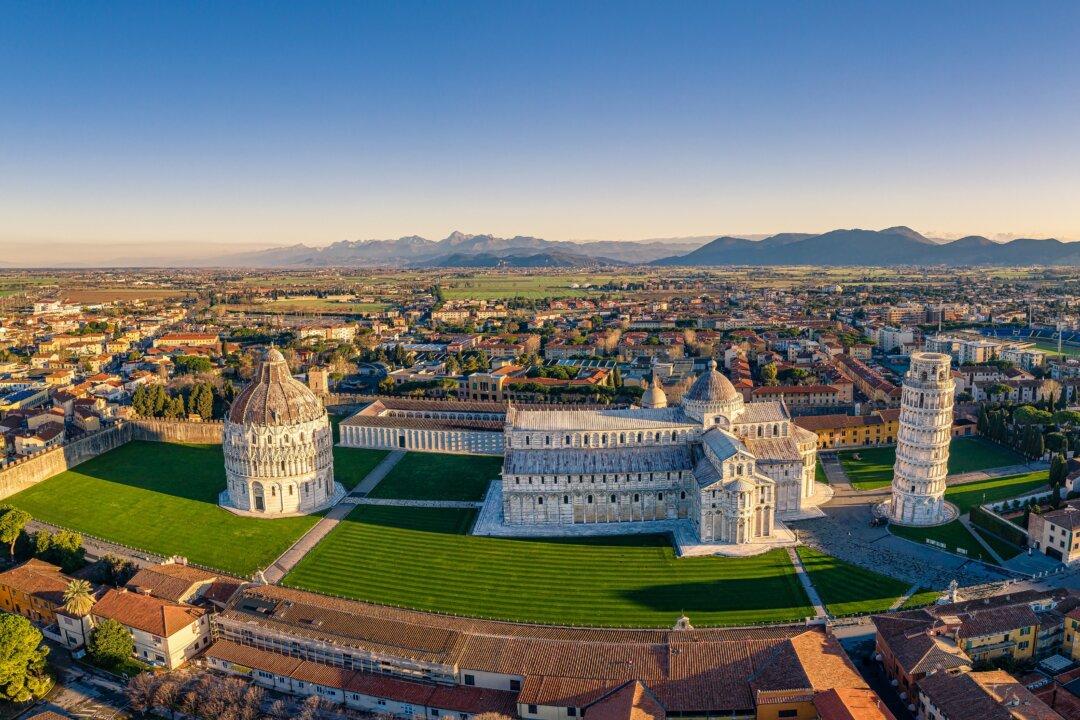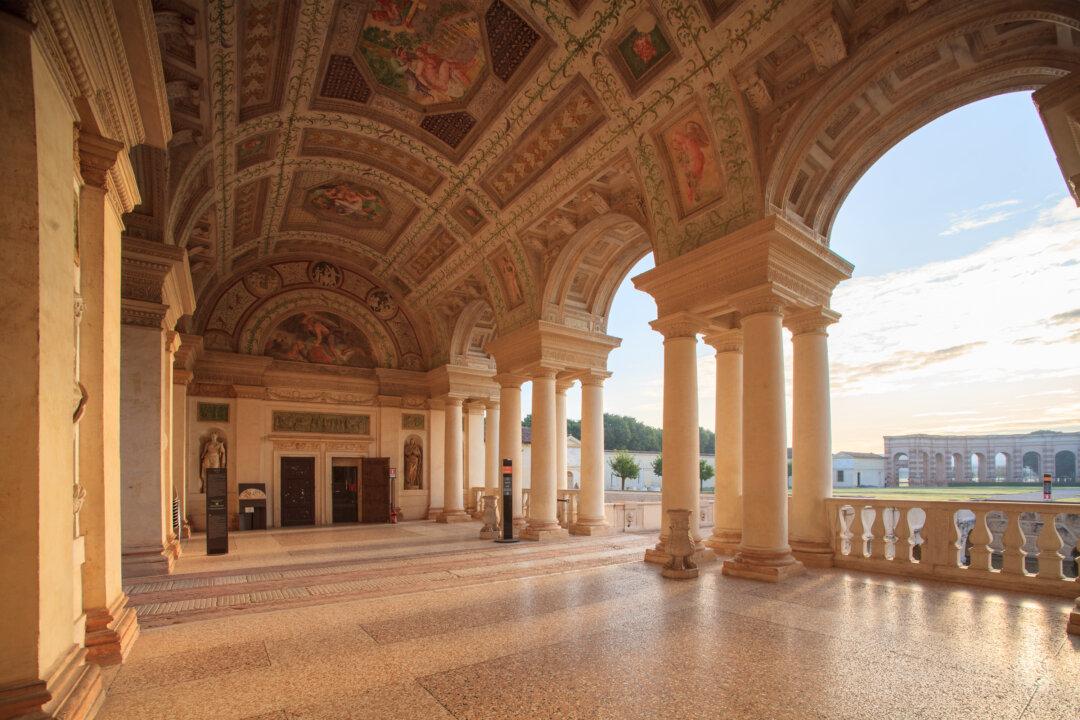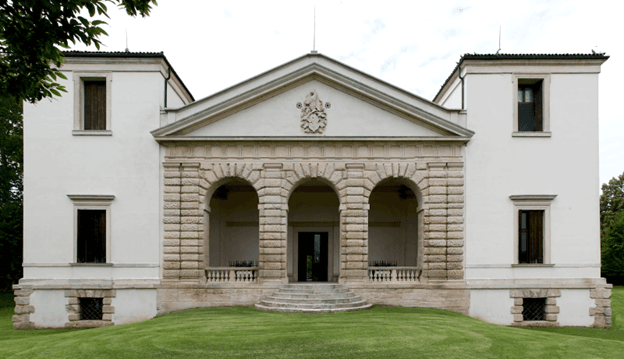Piazza del Duomo, Pisa (translated as Pisa Cathedral Square) was conceived in a time when Pisa held a dominant maritime position in the Mediterranean, boasting thriving trade and the largest navy in the sea. The piazza, or square, reflects the city’s flourishing wealth.
The four monuments—the cathedral, the baptistery, the campanile (bell tower), and the Camposanto Monumentale (monumental cemetery)—are made from white marble and provide a striking contrast to the sea of rich green grass surrounding them.





